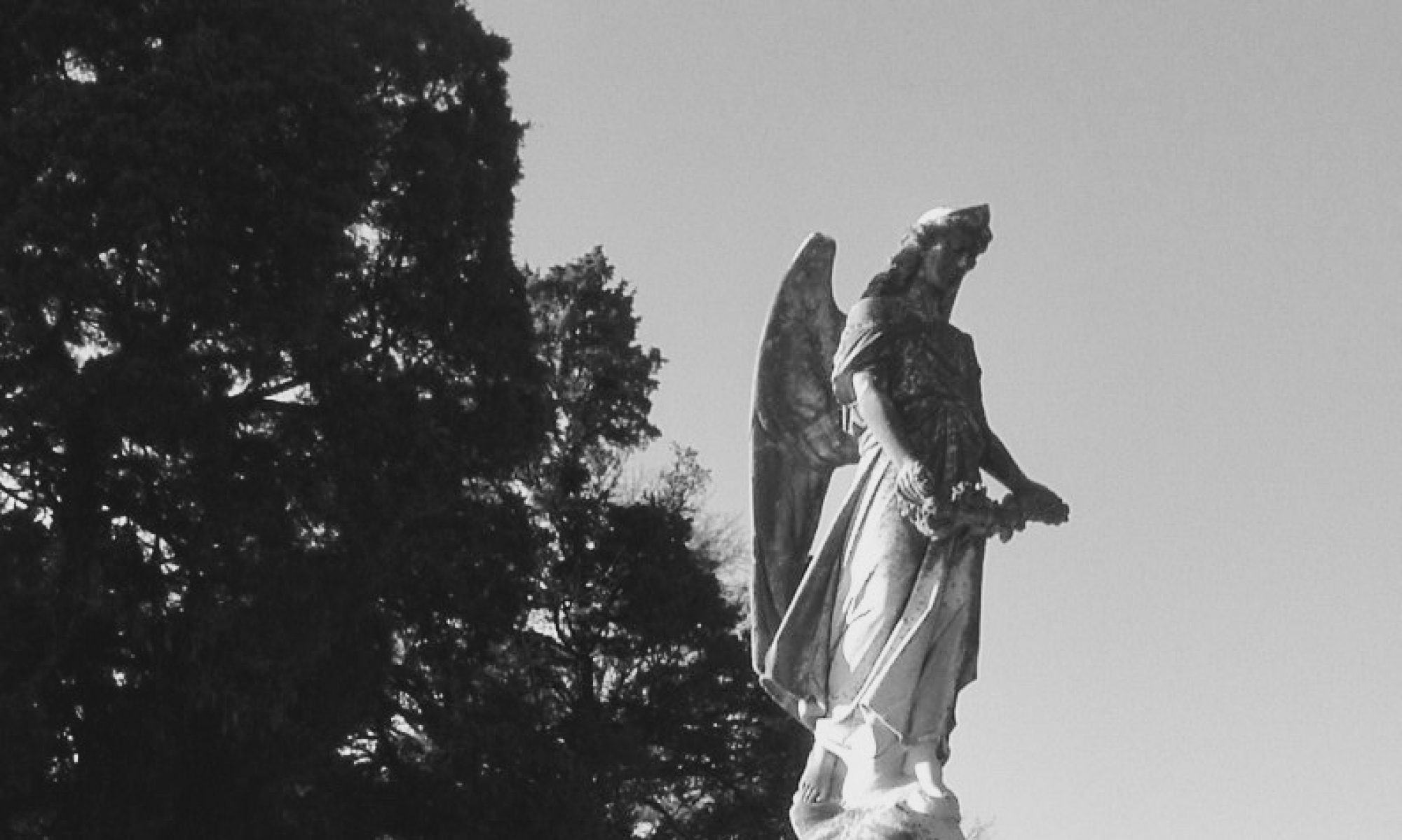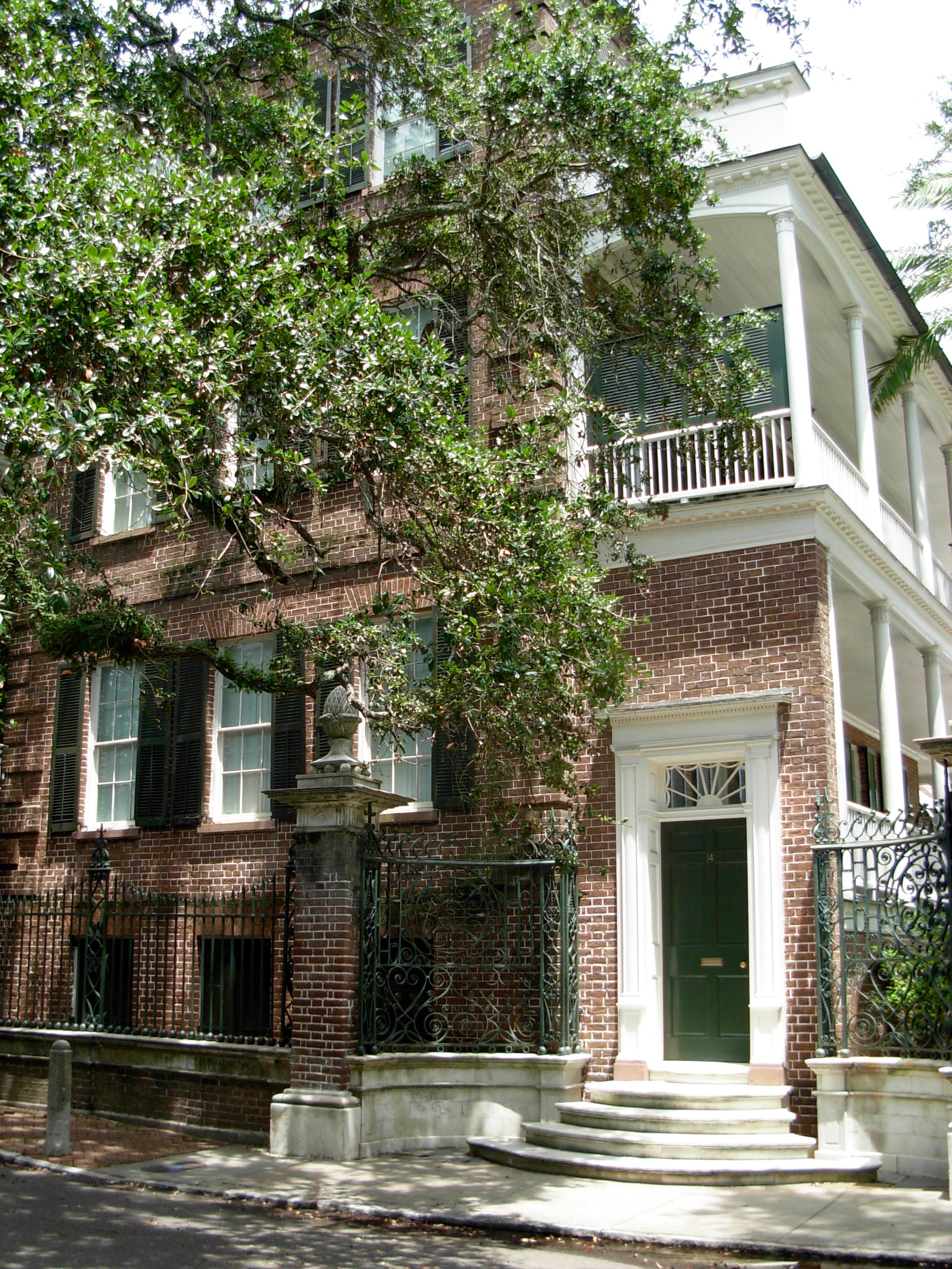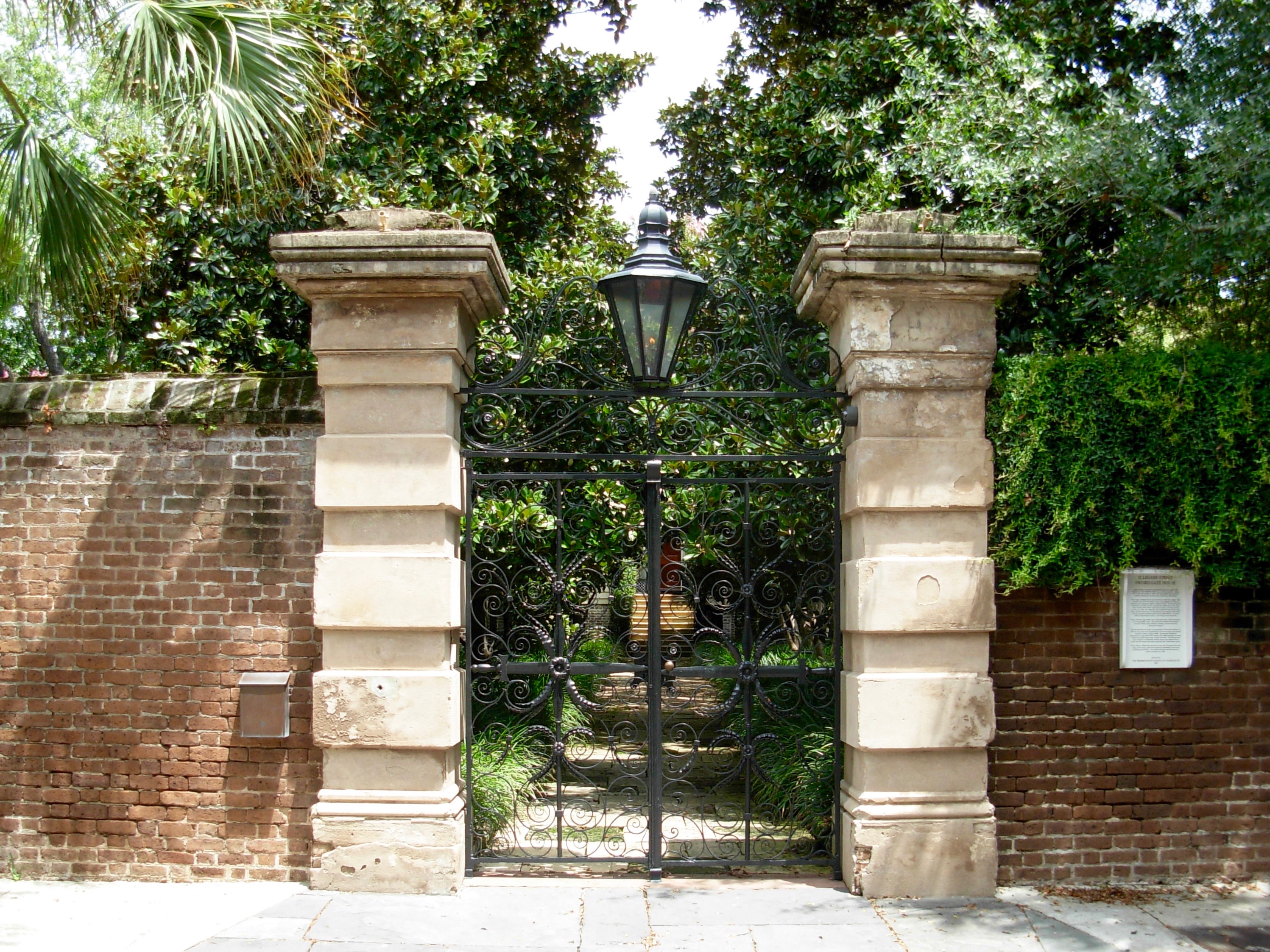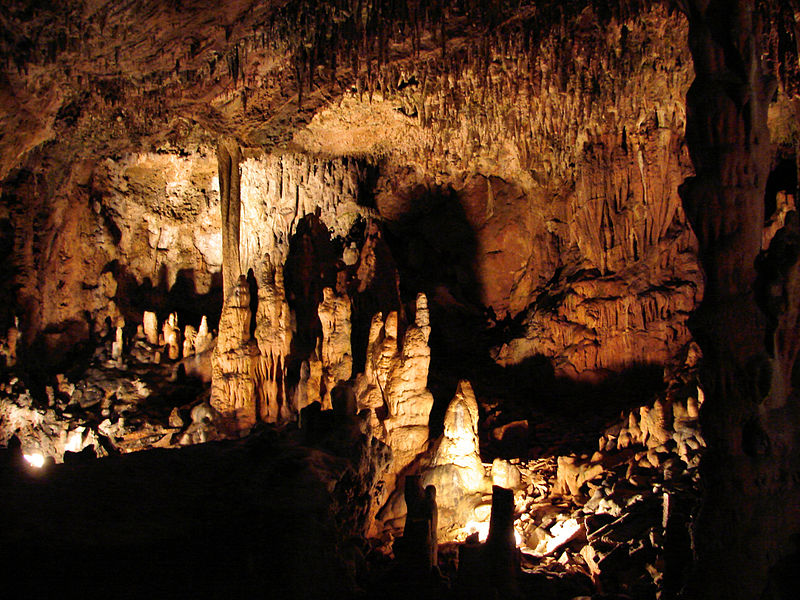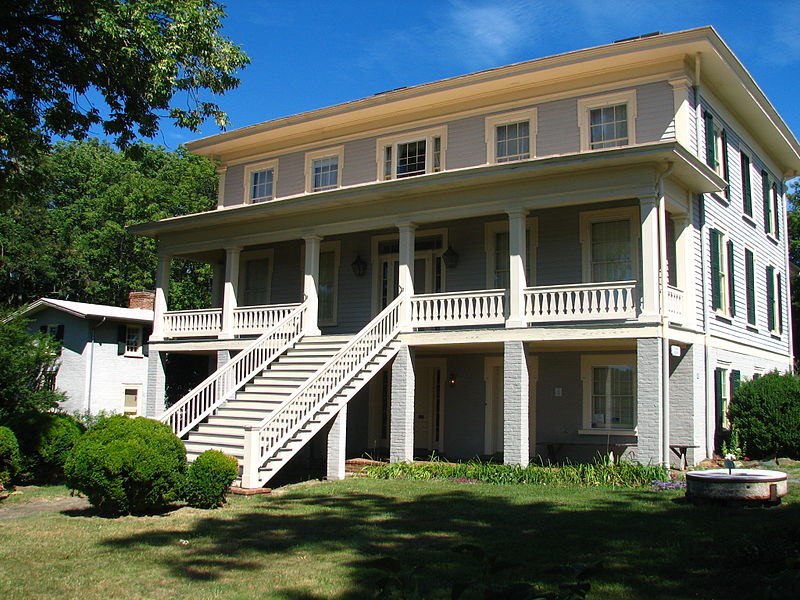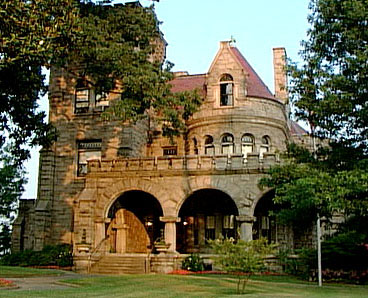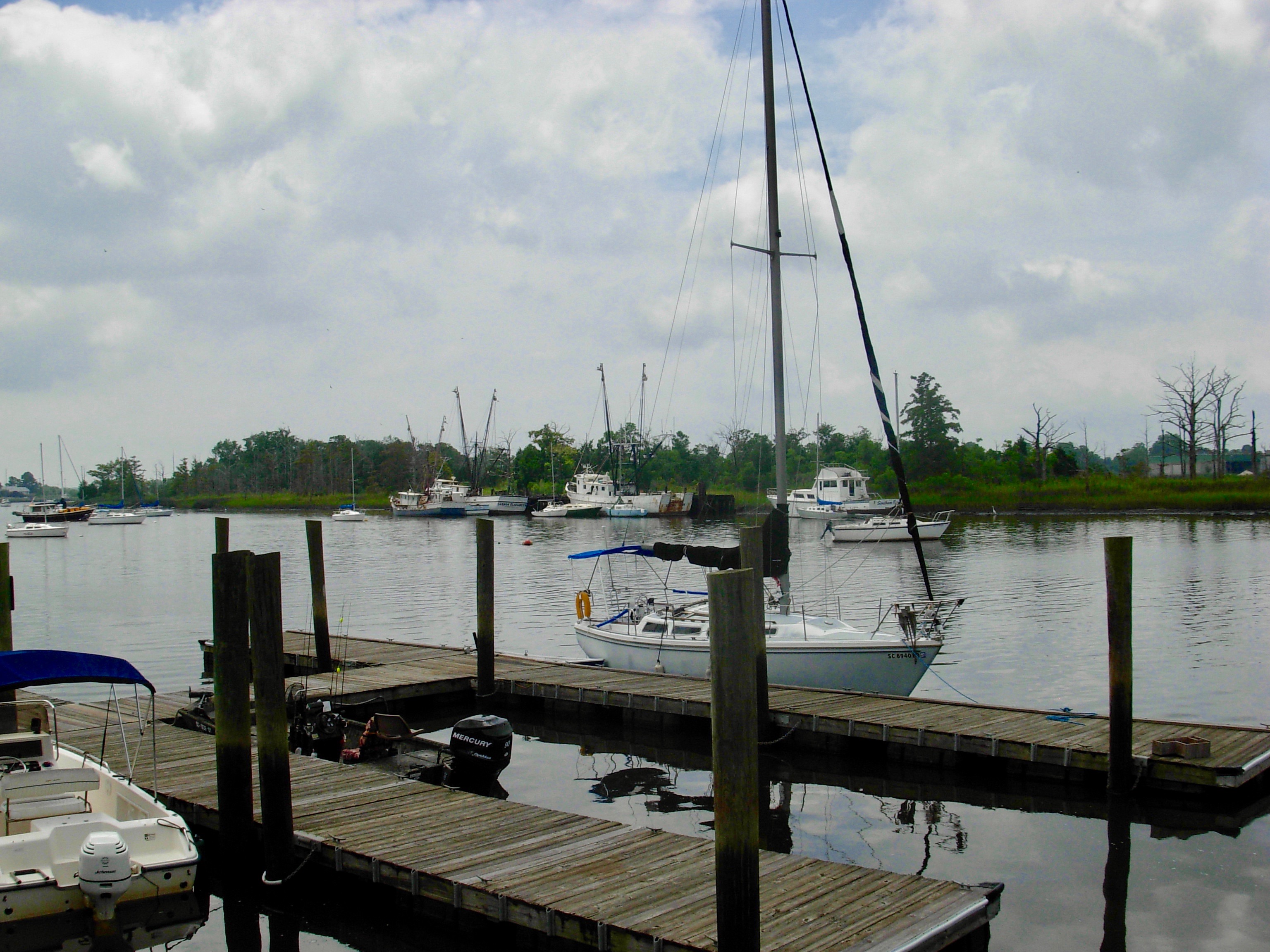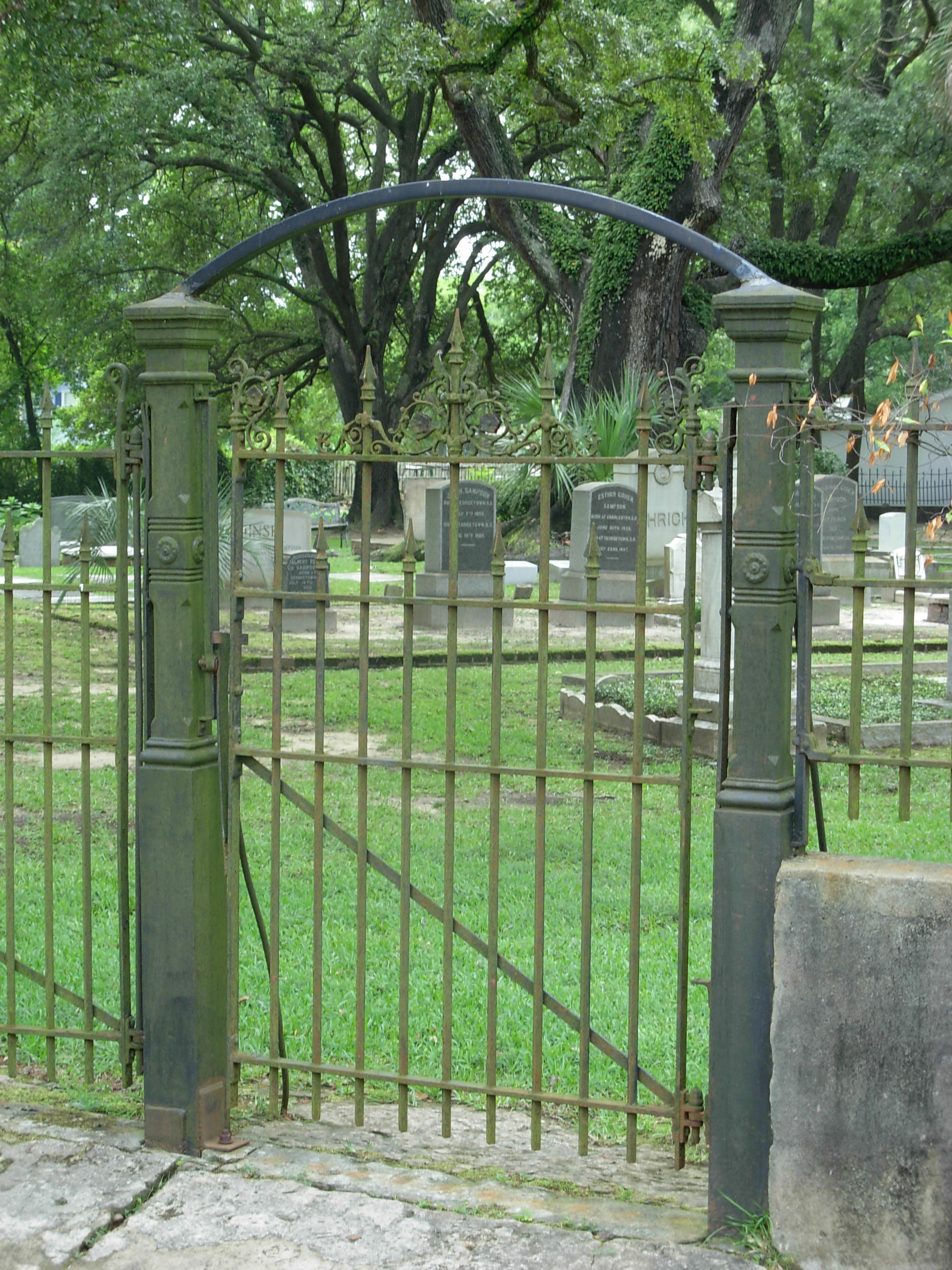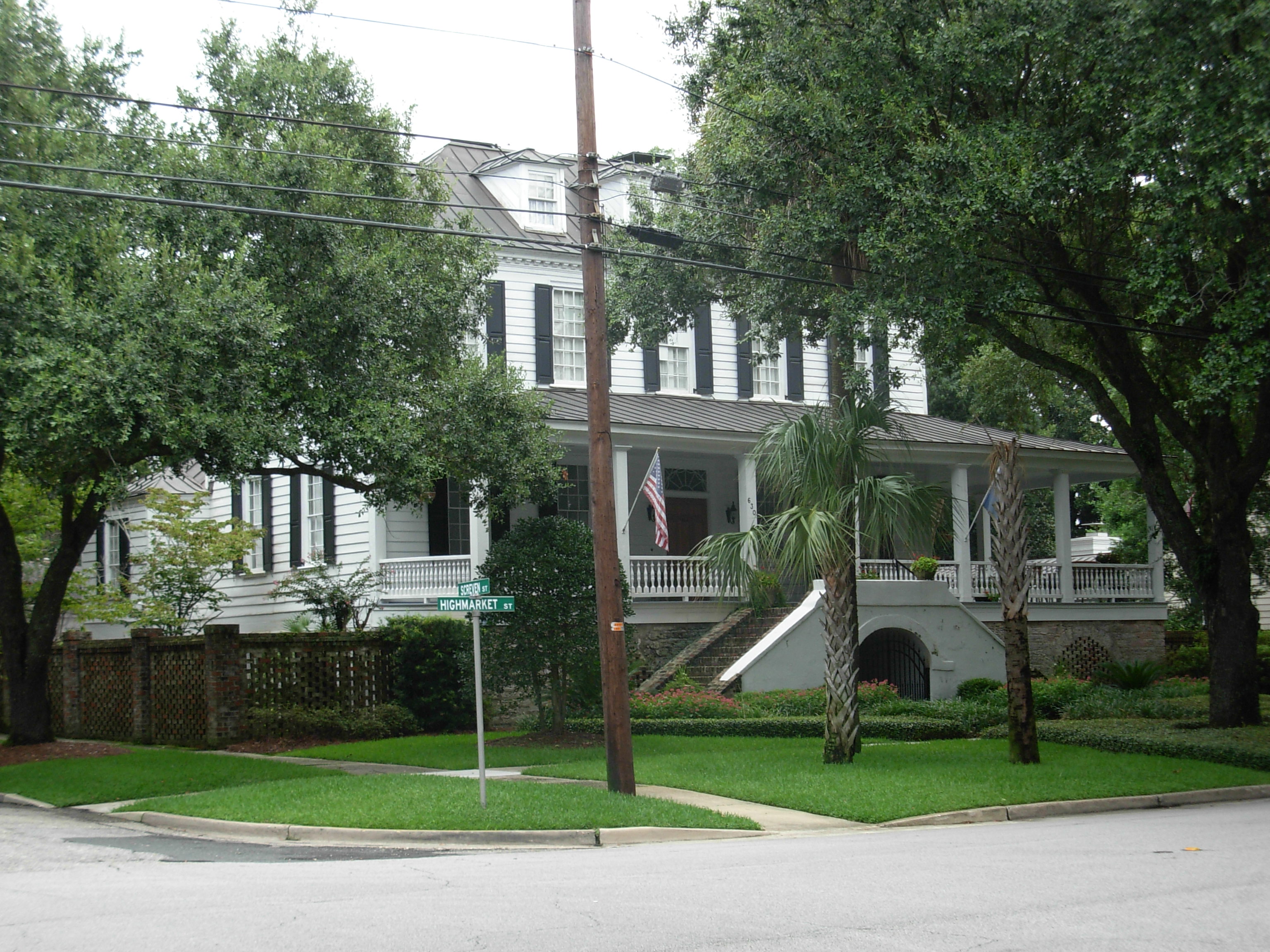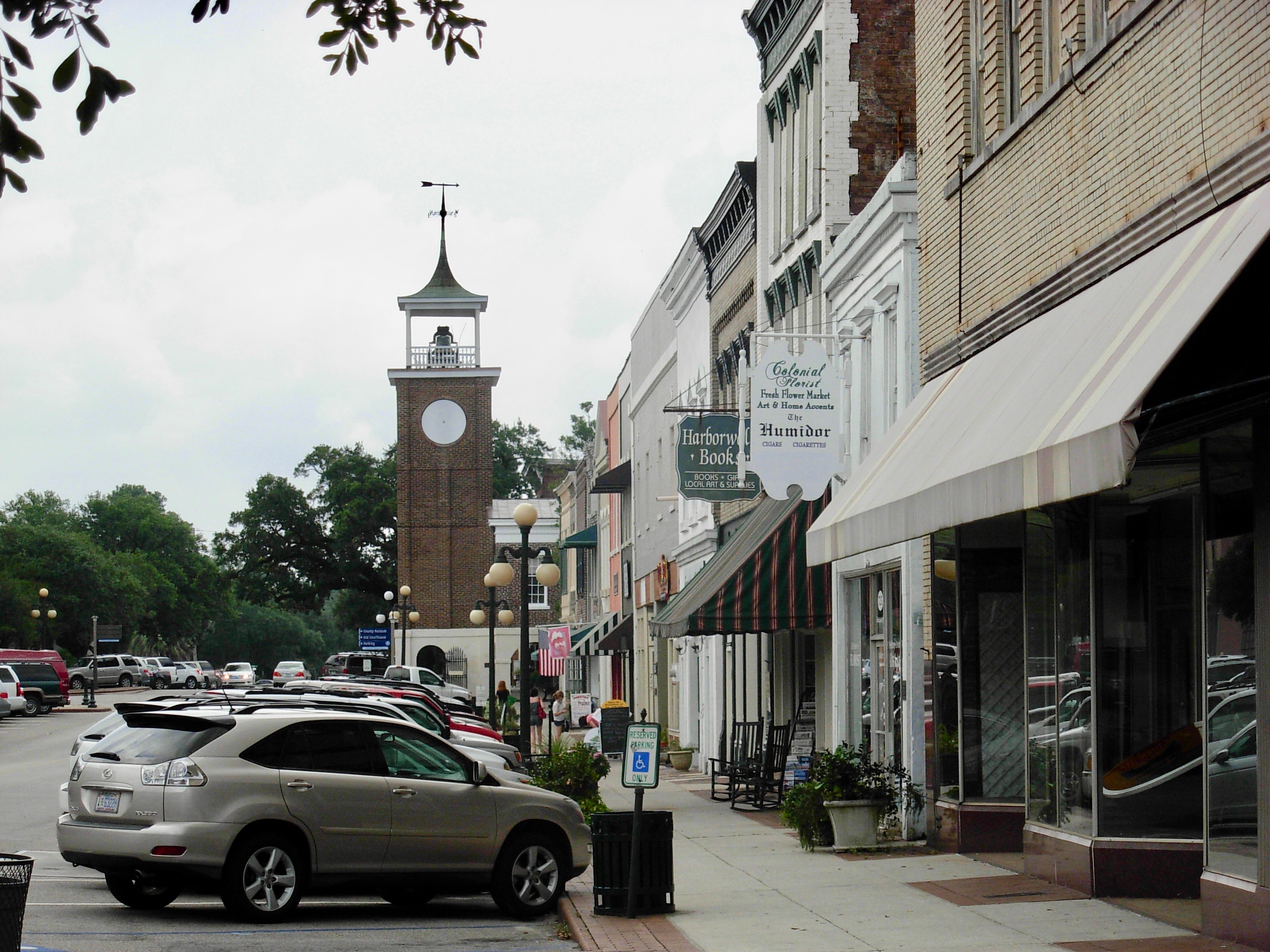N. B. This article was overhauled 8 December 2019.
Shortly after starting this blog, I created a series of articles covering each state. When I moved this blog, I removed those articles and I have slowly, but surely reposted edits of these articles. The only article to remain intact is the one I created for Washington, D.C. Some of the edited articles have been reposted for Florida, North Carolina, South Carolina, Tennessee, and Virginia.
After publishing my Haunted Alabama book as an eBook in 2015, I redid the haunted Alabama article using entries from the original manuscript. When I republished the book in print, the text received a major overhaul, though this article wasn’t updated. Now, in 2019, I’m finally getting around to updating this article.
Alabama State Capitol
600 Dexter Avenue
Montgomery
One of the most important sites in the entire state stands on a place called Goat Hill. This building is the second capitol building on this site, the first having been destroyed by fire in 1849. The current building opened in 1851 and has witnessed a panorama of much of Alabama’s history. It was here in 1861 that representatives of six Southern states met to create the Confederate government. Later that year, Jefferson Davis and Alexander Stephens were inaugurated here, respectively, as the President and Vice President of the Confederacy. A little more than a hundred years later, Martin Luther King, Jr. would lead a civil rights march to the steps of this building.
With such history, it’s no surprise that spirits may still wander the capitol’s corridors. One legend concerns a Confederate widow. Desperate to find where her husband had died and the location of his grave, she made inquiries, but no information was forthcoming. She continued haunting the corridors in life and, evidently, in death. Security guards and staff members have seen this desperate woman and continue to hear her footsteps.

A security guard is quoted in a 1994 Birmingham News article as having seen a female spirit standing near the statue of Governor Lurleen Wallace. The woman was wearing white opera-length gloves which are reminiscent of the gloves Wallace is wearing in her official state portrait.
Faith Serafin notes in her book Haunted Montgomery, Alabama that bathroom sinks near the offices of the state board of convicts are often found with the water running. This activity may be related to a 1912 murder that occurred here. When a property dispute did not turn out in his favor, Will Oakley shot and killed his stepfather, P. A. Woods, in the offices of the president of the convict board. Legend holds that Will Oakley’s spirit may still be trying to wash the blood off his hands.
Sources
- Lindley, Tom. “Ghosts or good stories haunt Capitol’s halls: This Confederate widow will never tell.” The Birmingham News. 27 November 1994.
- Schroer, Blanche Higgins. National Register of Historic Place nomination form for the Alabama State Capitol. 29 September 1975.
- Serafin, Faith. Haunted Montgomery, Alabama. Charleston, SC: History Press, 2013.
Bear Creek Swamp
County Road 3
Prattville
On Halloween of 2014, twenty-one dolls tied to bamboo stakes appeared in Bear Creek Swamp. The Autauga County Sheriff’s Office thought they were simply a harmless Halloween prank, but after reports of the dolls began to spread through the media, the sheriff’s office decided to remove them. The reason for the dolls’ placement in the swamp remains mysterious, but then again, Bear Creek Swamp abounds in mystery.
A newspaper article regarding the incident described the swamp as “a massive bog with a bit of a reputation locally.” The article continues, “As a rite of passage, generations of teenagers have entered the area at night looking for the creatures and haints said to roam the mist-covered realm. And it’s not unusual to hear reports of loud booms coming from its depths.”
Before the arrival of white settlers, local Native Americans knew the swamp as a place with pure water and medicinal springs. This area was once the home of the Autauga or Tawasa Indians who were members of the Muscogee Creek Confederacy. The Muscogee Creek were removed by force in the 1830s and forced west on the Trail of Tears.
Some Native spirits may have remained in the swamp. A hunter told author Faith Serafin about seeing a female apparition with- in the swamp while tracking a deer. A couple hiking through the area encountered a wild-looking woman with a gaunt face who screamed and disappeared into the underbrush when they approached. Others, including an investigation team from Southern Paranormal Researchers, have witnessed strange orbs of light in the depths of this mysterious bog.
Sources
- Roney, Marty. “21 dolls on bamboo stakes found in Alabama swamp.” Hattiesburg American. 27 November 2014
- Serafin, Faith. Haunted Montgomery, Alabama. Charleston, SC: History Press, 2013.
- Sutton, Amber. “Officers remove more than a dozen dolls from Autauga County swamp.” AL.com. 25 November 2014.
- Southern Paranormal Researchers. “Bear Creek Swamp—September 3, 2006.” Accessed 29 November 2012.
Belle Mont
1569 Cook Lane
Tuscumbia
Built between 1828 and 1832 by Dr. Alexander Mitchell, Belle Mont is now a house museum owned by the Alabama Historical Commission. This house represents a rare example of what is sometimes termed “Jeffersonian Classicism,” the distinctive style of Palladian architecture created by Thomas Jefferson. While most likely not directly designed by Jefferson himself, the house may be the work of one of his disciples.

Around the time the house was completed Dr. Mitchell lost his wife and both daughters to a fever, and he subsequently sold the property. A family renting this house in 1938 had a frightening experience. Just after moving their things into the house, the family began to hear sounds throughout the house including footsteps and voices crying “help me.” Time passed with these events growing more and more frightening until one rainy night when the family watched with horror as a group of apparitions: a man, a woman and one, possibly two, small girls, appeared at the top of the staircase. The woman and children, dressed in night- clothes that were dirty and torn, wore expressions of horror as they descended the staircase and out the front door. After this frightening vision, the family continued to hear odd sounds. The last reported paranormal incident is recorded in 1968 with nothing seen or heard since.
Sources
- Gamble, Robert S. National Register of Historic Places nomination form for Belmont. Jan. 1981.
- Belle Mont. Alabama Historical Commission. Accessed 16 December 2010.
- Belle Mont (Tuscumbia, Alabama). Wikipedia, the Free Encyclopedia. Accessed 16 December 2010.
- Johnston, Debra. Skeletons in the Closet: True Ghost Stories of The Shoals Area. Debra Johnston, 2002.
Bragg-Mitchell Mansion
1906 Springhill Avenue
Mobile

In the years following the Civil War, General Braxton Bragg was considered one of the most inept generals to have served in the Confederate Army. Bragg had earned victories though lost tactically in battle at Perryville, Kentucky; Chickamauga, Georgia, and Stones River (Murfreesboro), Tennessee. He lived here in the home once occupied by his brother Judge John Bragg, from 1869 until he moved to Texas in 1874. He would die in Galveston two years later having found about as much success in civilian life as he found in military life. From time to time, docents and visitors to the Bragg-Mitchell Mansion have seen the gray form of a man, believed to be the form of General Bragg. Once, as a docent was opening the house for wedding photographs, she saw a man striding across the parking lot behind the house. The strange man neared the tool shed and vanished. A thorough search of the property by the docent and the wedding party did not uncover the gentleman.
The Bragg-Mitchell House was built by Judge John Bragg in 1855. After construction, the house was the scene of gatherings by prominent Alabamians of the period and members of the Bragg family including John’s brothers: Braxton, former North Carolina governor Thomas Bragg, Captain William Bragg, and Alexander Bragg, who may have had a hand in designing his brother’s home. During the Civil War, Judge Bragg’s wife anxiously sent the family’s furnishing and many of their possessions to the family’s inland cotton plantation for safe keeping. Unfortunately, the estate was destroyed along with the contents of her city home, something from which Mrs. Bragg never quite recovered. After Judge Bragg’s death in the late 1870s, the house passed through a few different hands before being purchased by the Mitchell family who lovingly restored the home and left it to the City of Mobile.
The house has served as a wedding venue and events facility for many years. Over time, guests and docents have had many encounters with the spectral residents of the house including a ghostly feline that was first noted by Mrs. Mitchell when she owned the house. A spectral woman, possibly Judge Bragg’s wife, has been seen peering from one of the upstairs windows. Others have had more mischievous encounters including an AC installer who was locked in the attic and others who have been irritated by the ghosts turning lights on just after they have been turned off.
Sources
- Coleman, Christopher K. Dixie Spirits: True Tales of the Strange and Supernatural, 2nd Edition. Nashville, Cumberland House, 2002.
- Parker, Elizabeth. Mobile Ghosts: Alabama’s Haunted Port City. Apparition Publishing, 2001.
Fort Morgan State Historic Site
51 AL 180
Baldwin County
Along with Fort Gaines on Dauphin Island, Fort Morgan guards the entrance to Mobile Bay. Construction of the fort began in 1819, following the British capture of the area in 1815, during the misnamed War of 1812. Using slave labor, this enormous masonry fort was constructed in 1834. With rising tension after Alabama’s secession from the Union, the fort was peacefully turned over to the state’s Confederate militia.

The fort saw action on August 5, 1864, during the Battle of Mobile Bay when it was attacked and besieged by Union warships; the fort surrendered a few days later. It remained in operation until it was abandoned by the military in 1924. It was then re-militarized during World War II and turned over to the State of Alabama in 1946.
Southern Paranormal Researchers investigated the fort in 2006 and witnessed a bevy of activity including disembodied voices, fleeting shadow figures, and having fully charged batteries drained. They also captured a few anomalies in photographs and one EVP. Visitors to the fort have encountered phantom smells of gunsmoke, the sounds of battle, and figures in period clothing.
Sources
- Langella, Dale. Haunted Alabama Battlefields. Charleston, SC: History Press, 2013.
- Schroer, Blanche Higgins. National Register of Historic Places nomination form for Fort Morgan. 4 Oct 1975.
- Southern Paranormal Investigation Team. Fort Morgan Investigation. 16 Dec 2006.
Horseshoe Bend National Military Park
11288 Horseshoe Bend Road
Dadeville
A bend on the Tallapoosa River formed an ideal site for the Muscogee Creek village of Tohopeka. During the Creek War of 1813-14—a civil war within the Muscogee Creek Nation that eventually embroiled the American government—a band of Red Stick Creeks under Chief Menawa defended this position against American troops and Native American allies under the command of General Andrew Jackson. Some 800 Red Stick warriors were slaughtered here on March 27, 1814, bringing an end to the Creek War of 1813-14 and leaving the Tallapoosa River at Horseshoe Bend stained red with blood.
With the slaughter that occurred here, it’s no wonder that visitors have reported a plethora of paranormal activity here ranging from smells and odd noises to full apparitions. A paranormal investigation by the Alabama Paranormal Research Team produced some photographic anomalies as well as the sound of someone screaming in the vicinity of the Muscogee Creek village site.

Sources
- Langella, Dale. Haunted Alabama Battlefields. Charleston, SC: History Press, 2013.
- Alabama Paranormal Research Team. Investigation of Horseshoe Bend National Military Park. Accessed 18 Dec 2010.
- Jensen, Ove. “Battle of Horseshoe Bend.” Encyclopedia of Alabama. 26 Feb 2007.
Linn-Henley Research Library
2100 Park Place
Birmingham

This building opened in 1927 as the Birmingham Public Library and now houses archives, government documents, a southern history library, and a ghost. Blogger Jessica Penot visited in 2012 and noted the “uncanny quiet that fills the building like a tangible presence.” The spirit of Fant Thornley, the library’s dedicated director from 1953 until the 1970s, still makes occasional appearances here. The spirit has been seen by an electrician, and library staffers have smelled the smoke from his cigarettes.
Sources
- Birmingham Public Library. “History of Birmingham Public Library.” Accessed 24 May 2015.
- Brown, Alan. Haunted Places in the American South. Jackson, MS: University Press of Mississippi, 2002.
- Penot, Jessica. “The Breathtaking, Haunted Beauty of the Linn- Henley Library.” Ghost Stories and Haunted Places Blog. 2 November 2012.
Monroe County Heritage Museum
(Old Monroe County Courthouse)
31 North Alabama Avenue
Monroeville
In 1903, this structure was constructed as the Monroe County Courthouse. It was here that a young Harper Lee, Monroeville’s most famous resident and author of the classic novel, To Kill a Mockingbird, would watch her attorney father as he argued cases. When Hollywood put the story on celluloid, the set designers replicated the courtroom on a California sound stage. This building was used by Monroe County as a courthouse until 1967.
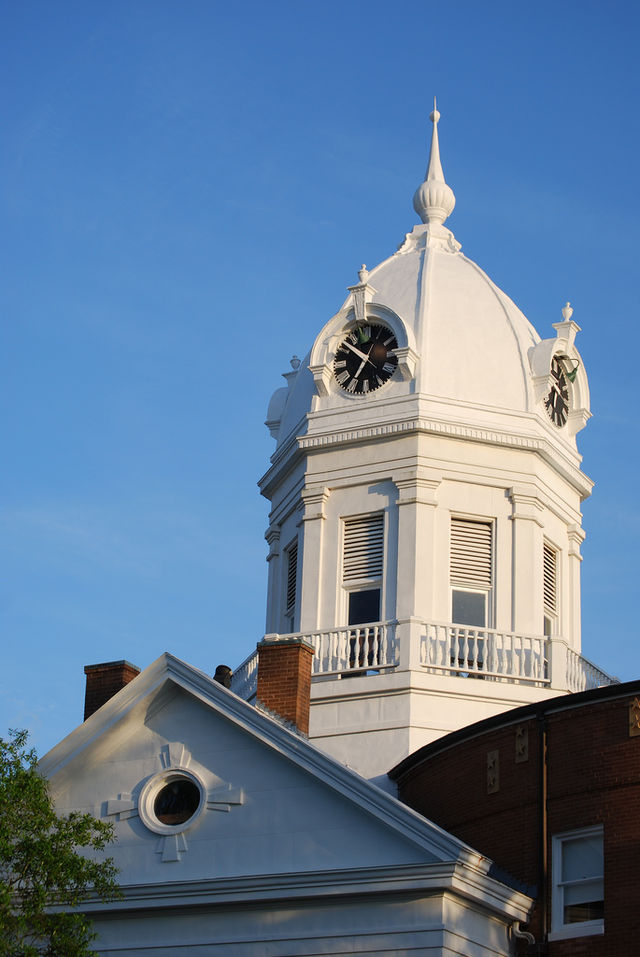
The upper floors of this building still seem to retain some of the energy from the building’s judicial use. Blogger Lee Peacock quotes one man as saying, “Things blow in the breeze but there is no breeze. You hear sounds that don’t belong, and I have smelled pipe tobacco smoke when no one was smoking or there to be smoking.” Staff members working late here often get the feeling of not being alone and have heard mysterious sounds within this storied building.
Sources
- Higdon, David & Brett Talley. Haunted Alabama Black Belt. Charleston, SC: History Press, 2013
- Peacock, Lee. “Ten new locations make list of “Spookiest Places in Monroe County.” Dispatches from the LP-OP. 31 October 2014.
- W. Warner Floyd. National Register of Historic Places nomination form for Old Monroe County Courthouse. 29 March 1973.
Moundville Archaeological Park
634 Mound State Parkway
Moundville
Between approximately 1120 C.E. and 1450 C.E., Moundville was the site of a large city inhabited by the Mississippian people, predecessors to the tribes that the Europeans would encounter when they began exploring the South about a century later. At its height, this town was probably home to nearly 1,000 inhabitants. Stretching to 185 acres, the town had 29 mounds of various sizes and uses: some were ceremonial while others were topped with the homes of the elite.
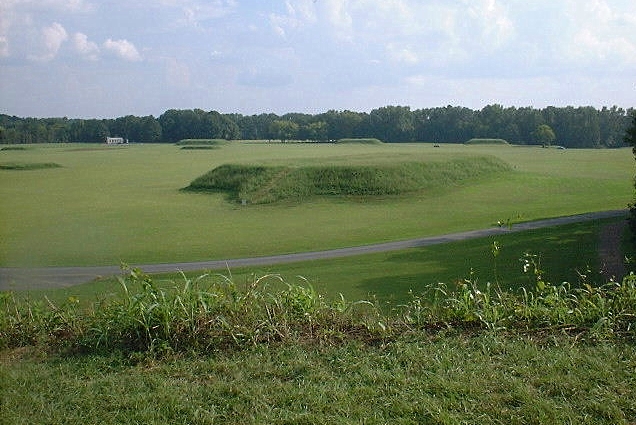
Visitors and staff have often mentioned a certain energy emanating from this site. A Cherokee friend of mine visited and while atop one of the mounds let out a traditional Cherokee war cry. Afterward, he noted that there was a palpable change in the energy. Dennis William Hauck speaks of the “powerful spirit of an ancient race” that “permeates this 317-acre site” in his Haunted Places: The National Directory. Southern Paranormal Researchers notes that park staff has witnessed shadow figures, odd noises, and doors opening and closing by themselves in the buildings on the site. Higdon and Talley add orbs and cold spots found throughout the location to the list of paranormal activity here.
Sources
- Hauck, Dennis William. Haunted Places: The National Directory. NYC: Penguin, 2002.
- Southern Paranormal Researchers. Investigation Report for Moundville Archaeological Park. Investigated 10 February 2007.
- Higdon, David & Brett Talley. Haunted Alabama Black Belt. Charleston, SC: History Press, 2013.
- Blitz, John H. “Moundville Archaeological Park.” Encyclopedia of Alabama. 26 February 2007.
Old Depot Museum
4 Martin Luther King, Jr. Street
Selma

A part of the Alabama Ghost Trail, a series of haunted places linked by the Southwest Alabama Regional Tourism and Film Office, the Old Depot Museum features a ghost that reportedly has an affinity for the museum’s elevator. The museum occupies the Romanesque Revival circa 1890 Louisville & Nashville Railroad Depot.
Sources
- Besser, Susan A. National Register of Historic Places nomination form for the Water Street Historic District. March 2002.
- Old Depot Museum. Alabama Ghost Trail. YouTube. Posted 19 July 2009.
Timmons Cemetery
Buxton Road
Redstone Arsenal
When the Army took over some 40,000 acres in Huntsville in 1941, it swallowed up many old farms and plantations including some 46 cemeteries. Located in the woods off of Buxton Road, the Timmons Cemetery is considered, by some, the spookiest place on the Arsenal. Guards patrolling Buxton Road at night have seen a little girl running across the road near the cemetery.
To explain the little girl’s spirit, a legend has surfaced, though apparently not backed up by historical documentation. Margaret Ann Timmons was an energetic child and sometimes difficult to control. When work required the family to be in the fields, Margaret would be tied to a chair inside the house. The energetic child wiggled out of her restraints, and kicked over an oil lamp that destroyed the house and killed the child. Now, not even death and the stone wall that surrounds the family’s cemetery can restrain her.
Sources
- “Does a little girl really haunt Redstone Arsenal.” WAAY. 31 Oct 2014.
- “Redstone Report: Ghost story still haunts Redstone Arsenal.” WAFF. 31 Oct 2011.
